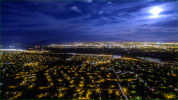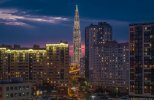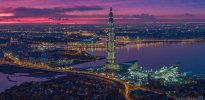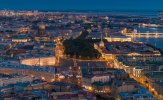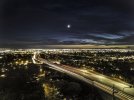- Joined
- Dec 1, 2020
- Messages
- 18
- Reaction score
- 18
Hey, everybody! I put almost an hour on the aircraft yesterday from 30 minutes before sunrise to almost 30 minutes after sunset.
In previous night flights, I have noticed that shutter speeds slower than 0.5 seconds typically do not come out sharp because of what some people call the "DJI Dance." Here's an example shot of a 5-second exposure ...

My solution:
Final result:
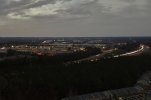
In previous night flights, I have noticed that shutter speeds slower than 0.5 seconds typically do not come out sharp because of what some people call the "DJI Dance." Here's an example shot of a 5-second exposure ...

My solution:
- 15 minutes after sunset: Takeoff and get into position. Take a burst of at least three shots at shutter priority at 1/2 second with exposure compensation at -1/3 EV.
- For each subsequent burst of shots, slow shutter speed by 2/3 EV. Go for as long as possible.
- Select the sharpest shot to use as the base layer and the best long exposure shot you are able. For the base layer, focus on the entire overall image; and for the long exposure shot, focus on the moving parts.
- Combine shots in Affinity Photo or Photoshop: Place long exposure shot over base layer with layer mask that is initially all transparency. Brush in your streaks of light because you know where the road is.
Final result:



